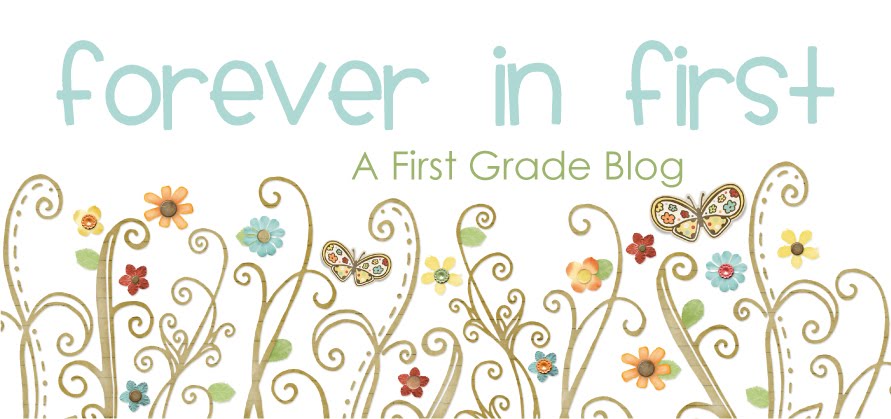This summer I took a week-long writing class for teachers. Every day, the instructor would take time to check in with each of us before lunch and at the end of the day to see how we were doing, what we were working on, and what our next steps were. If someone seemed to be flailing, he was sure to know it and would provide direction to prevent them from spending too much time on something that wasn't moving them in the direction they purposed to go. Granted, teaching 24 first graders is a different world than teaching 10 teachers, but the way he was able to weave ongoing, authentic, and informal assessment with instruction was a real live example of what Pat Johnson and Katie Keier are talking about and what I need to improve on in my own classroom.
When I think of my most struggling readers, I admit that I have a good idea of where they're at, and "a good idea" isn't good enough. Like the quote says, for them, every moment counts. It's my responsibility to know where they're at in every moment, so that they're not wasting their time but moving as speedily as possible in the right direction. I appreciate the way the authors describe the kind of assessment that will help me do this. It's ongoing, authentic, and informative. If any one of these three is missing, I doubt the results are as powerful. I believe another key ingredient is organization, which the authors do a wonderful job of explaining as well. I won't know where each one is at and know their instructional focus by being haphazard. I must be intentional and purposeful, because every moment counts.




































